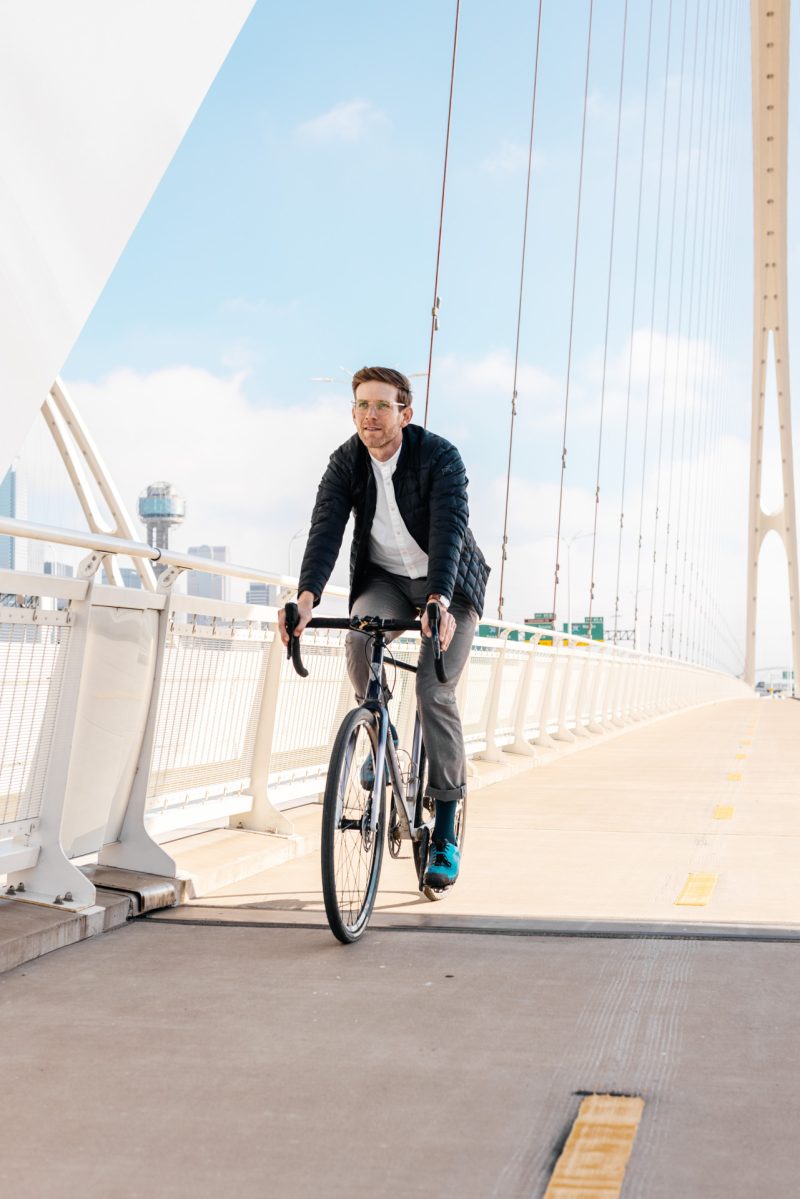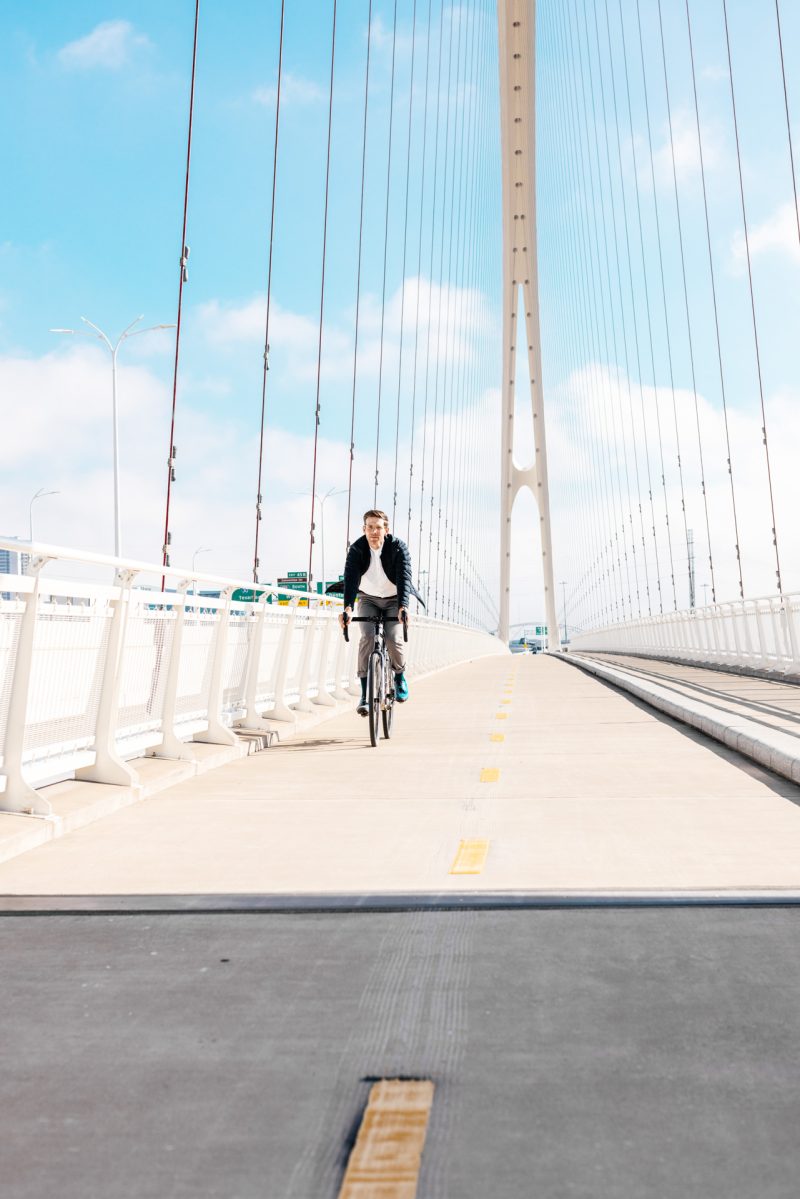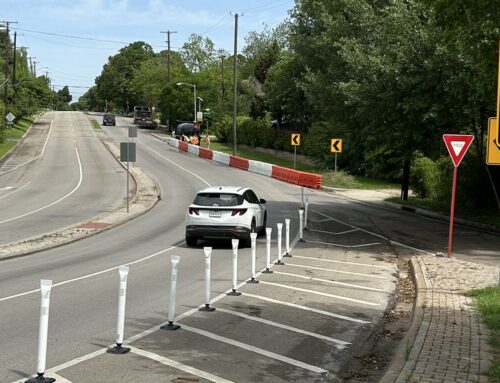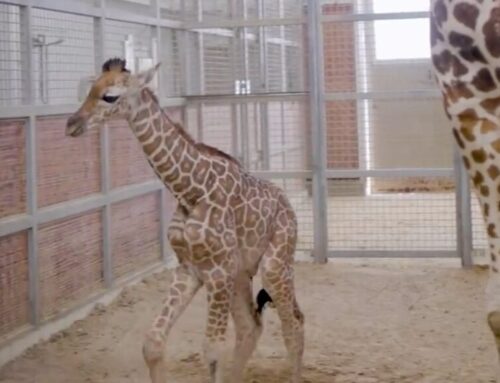
Photography by Kathy Tran.
“It was a case of “who you know.”
In 2016, Joseph Pitchford asked Philip Hiatt Haigh to work with the Circuit Trail Conservancy. They met each other through positions at Dallas County. Earlier, Pitchford had been appointed to serve on a board by Judge Clay Jenkins, Hiatt Haigh’s boss. Pitchford’s request was for Hiatt Haigh to meet with the rest of the CTC Board of Trustees to brainstorm how to implement the organization’s vision: The Loop.
The trustees had already identified the four missing links: the locations around Dallas where 11 miles of new trails would connect 39 miles of existing trails, forming a walkable, bikeable, 50-mile loop.
At first, Oak Cliff resident Hiatt Haigh was there to help the CTC find sources of funding.
“The old ‘a million dollars a mile,’ that was the old formula,” he says. “Now it’s much, much higher.”
They knew a City of Dallas bond issuance was coming soon and that they would also need to raise private funds.
Dallas County had already approved $5 million. The Texas Department of Transportation contributed $8 million. Another $20 million came in the 2017 bond program, and $10 million was raised from private donors. That added up to $43 million in initial funding to get the project started.
Then in 2018, Hiatt Haigh joined the CTC full-time as the executive director. Given his past experience, he was prepared to secure approvals required for a project involving three public entities: the City, Dallas County and TxDOT.
The Loop, which the City will eventually own and maintain, won’t just fill the gaps in the Dallas trail network. Hiatt Haigh says it will “change the perception of Dallas” into a connected city where communities aren’t divided by the built environment. The same amenities available to residents in Uptown and near White Rock Lake will be available to residents in Pleasant Grove and Joppa.
“That’s a huge statement for what Dallas is investing in and what they think about their people — to say, ‘you are as important as all these other people, and we’re going to invest in the same amenity across the entire way.’ And it’s going to create this green identity,” he says.
The Loop could also be good for business. In certain places along the trail, especially south of I-30, land is zoned for industrial use. Hiatt Haigh has been meeting with City staff to discuss how the zoning might be amended to make those spaces more desirable for retail, restaurant or residential development.
All projects are now under design, with the last design contract executed in September. This stage should be completed by next year. Then the rest of the construction can begin. If the process continues without delays, Hiatt Haigh says The Loop could be open to the public by the end of 2024.
Funding is still coming for the projects, estimated to cost $75 million. This year, the Dallas City Council awarded the CTC $11.5 million in tax increment financing dollars, which will be used to add amenities to the Hi Line Connector, the trail linking the Katy to the Trinity Strand.
After years of planning, the CTC broke ground on the north phase of the Trinity Forest Spine Trail in September. When finished, it will be 7.5 miles long, connecting White Rock Lake to the Great Trinity Forest. On its northernmost end, it juts out from the Santa Fe Trail south of Garland Road. It will run south along White Rock Creek, cross Interstate 30 and meet the Pemberton Hill Road Trail. Though it will be built in a flood plain, staff members plan to build it to the five-year flood level.
For two years, Hiatt Haigh has been working to form an agreement between the City and a railroad to build a trail under a railroad bridge that has stood for more than a century. There are fewer than 500 of these trails in the U.S.
“Those railroads have traditionally been barriers between communities, and so this will be the first dedicated pedestrian trail in the city of Dallas that crosses that barrier,” Hiatt Haigh says.
Part of the Trinity Forest Spine Trail passes through Samuell-Grand Park. There are two 18-round golf courses there, but not for long. The updated master plan calls for one 18-round course and one nine-round course, and in the space leftover, there will be a nature preserve.
“Outside of the nature preserve even, there is 50 acres of forested area that is now going to be accessed by the public for the first time off of the Spine Trail,” Hiatt Haigh says.
The Loop’s potential future benefits — a means of transportation, an economic stimulant and a bridge between neighborhoods, to name a few — are only theoretical unless people use the trails. That’s why Hiatt Haigh is in communication with Dallas residents so they “feel like they have some ownership of it.” Soon, the CTC will begin working on wayfinding and signage, using language to encourage trail use. Saying something is a three-mile bike ride away may seem more daunting than saying something is a 10-minute ride away.
“This type of amenity coming online is going to continue to make Dallas incredibly resilient and ready for that future,” Hiatt Haigh says. “This is a 50-year investment that we are making right now.”










